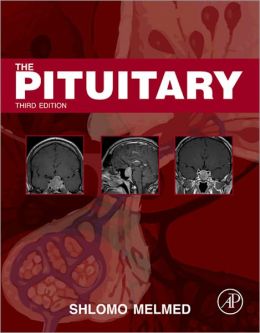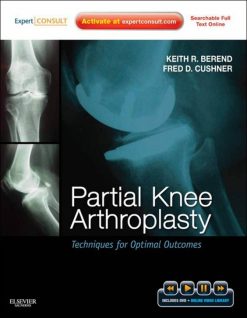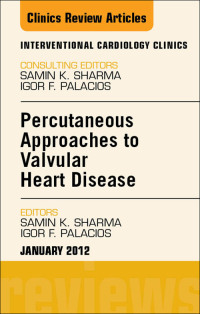by Shlomo Melmed (Editor)
The pituitary, albeit a small gland, is known as the “master gland” of the endocrine system and contributes to a wide spectrum of disorders, diseases, and syndromes. Since the publication of the second edition of The Pituitary, in 2002, there have been major advances in the molecular biology research of pituitary hormone production and action and there is now a better understanding of the pathogenesis of pituitary tumors and clinical syndromes resulting in perturbation of pituitary function. There have also been major advances in the clinical management of pituitary disorders. Medical researchers and practitioners now better understand the morbidity and mortality associated with pituitary hormone hyposecretion and hypersecretion. Newly developed drugs, and improved methods of delivering established drugs, are allowing better medical management of acromegaly and prolactinoma. These developments have improved the worldwide consensus around the definition of a “cure” for pituitary disease, especially hormone hypersecretion, and hence will improve the success or lack of success of various forms of therapy. It is therefore time for a new edition of The Pituitary.
The third edition will continue to be divided into sections that summarize normal hypothalamic-pituitary development and function, hypothalamic-pituitary failure, and pituitary tumors; additional sections will describe pituitary disease in systemic disorders and diagnostic procedures, including imaging, assessment of the eyes, and biochemical testing.
The first chapter will be completely new – placing a much greater emphasis on physiology and pathogenesis. Two new chapters will be added on the Radiation and Non-surgical Management of the Pituitary and Other Pituitary Lesions. Other chapters will be completely updated and many new author teams will be invited. The second edition published in 2002 and there have been incredible changes in both the research and clinical aspects of the pituitary over the past 8 years – from new advances in growth hormones to pituitary tumor therapy.
Feature
- Presents a comprehensive, translational source of information about the pituitary in one reference work
- Pituitary experts (from all areas of research and practice) take readers from the bench research (cellular and molecular mechanism), through genomic and proteomic analysis, all the way to clinical analysis (histopathology and imaging) and new therapeutic approaches.
- Clear presentation by endocrine researchers of the cellular and molecular mechanisms underlying pituitary hormones and growth factors as well as new techniques used in detecting lesions (within the organ) and other systemic disorders
- Clear presentation by endocrinologists and neuroendocrine surgeons of how imaging, assessment of the eyes, and biochemical testing can lead to new therapeutic approaches
Benefit
- Saves researchers and clinicians time in quickly accessing the very latest details on a broad range of issues related to normal and diseased pituitary function, as opposed to searching through thousands of journal articles.
- Provides a common language for endocrinologists, neurosurgeons, OB/GYNs, and endocrine researchers to discuss how the pituitary gland and hormones affect each major organ system
- Correct diagnosis (and therefore correct treatment) of pituitary disorders depends on a strong understanding of the pathophysiology of the organ as well as the molecular actions of pituitary hormones – practicing endocrinologists and other interested clinicians will benefit
- Endocrine researchers will gain insight into how clinical observations and practices can feed back into the research cycle and will, therefore, be able to develop more targeted genomic and proteomic assays
Product Details
- ISBN-13: 9780123809278
- Publisher: Elsevier Science
- Publication date: 12/9/2010
- Edition number: 3
- Pages: 744










Reviews
There are no reviews yet.